More Than a Look: Real-World Skills for a Simpler, Hands-On Life
Let’s Get Real About the ‘Simple Life’
You know that smell of damp earth after a good rain? Or the warmth from a loaf of bread fresh out of the oven? For me, that’s the good stuff. It’s the real, tangible reward of a life lived with a bit more intention. I’ve spent years figuring out the skills that my grandparents’ generation seemed to know by heart, turning a sad little patch of dirt into something that actually feeds my family and, honestly, my soul.
In this article
Lately, this way of living has become a popular aesthetic online. But for the folks who came before us, it wasn’t a trend; it was just… life. It was about being capable, resourceful, and feeling a real connection to the world right outside your door.
But let’s be clear: this isn’t some magical escape from reality. It’s actually a deeper dive into it. It’s hard work, and you will mess up. I’ve battled aphids that seemed to appear overnight, mourned sourdough starters that went on strike, and sewn more crooked seams than I can count. Every single mistake was a lesson. This guide is built on those lessons—the stuff you learn when the camera is off. We’re going to get past the pretty pictures and focus on the skills that build a genuinely satisfying, self-reliant home.

First Things First: Understanding the ‘Why’
You can follow any recipe or tutorial to the letter, but real skill comes from understanding why things work the way they do. Knowing the ‘why’ lets you improvise, adapt, and troubleshoot. It turns a chore into a genuine craft.
It All Starts with the Soil
A garden isn’t just a collection of plants in dirt; it’s a living, breathing ecosystem. And the absolute foundation of it all is healthy soil. I learned this the hard way when my first tomato plants produced a handful of sad, flavorless little things. The problem wasn’t the plants—it was the dead, compacted clay I was trying to grow them in.
Basically, soil is made of sand, silt, and clay. The ideal garden soil, called loam, has a nice balance of all three. You can get a quick idea of your own soil by grabbing a moist handful and giving it a squeeze. If it feels gritty and falls apart, it’s sandy. If it forms a sticky, smooth ribbon, you’ve got heavy clay.

So, you found out you have clay? Don’t panic! The solution is actually pretty simple: add compost. Spreading a 2- to 3-inch layer of good-quality compost over your garden beds each season is the single best thing you can do. The compost improves drainage, adds nutrients, and feeds the entire web of life—from earthworms to microbes—that will, in turn, feed your plants. It’s a simple mantra I live by: feed the soil, and the soil will feed your plants.
The Simple Chemistry of Baking
Baking is really just delicious chemistry. Once you get a handle on a few key reactions, your results will get so much better. Think about a basic loaf of bread. You have flour, water, salt, and yeast. Yeast is a tiny living fungus that, when mixed with warm water and the sugars in flour, wakes up and starts producing carbon dioxide gas. This gas is what makes your dough rise.
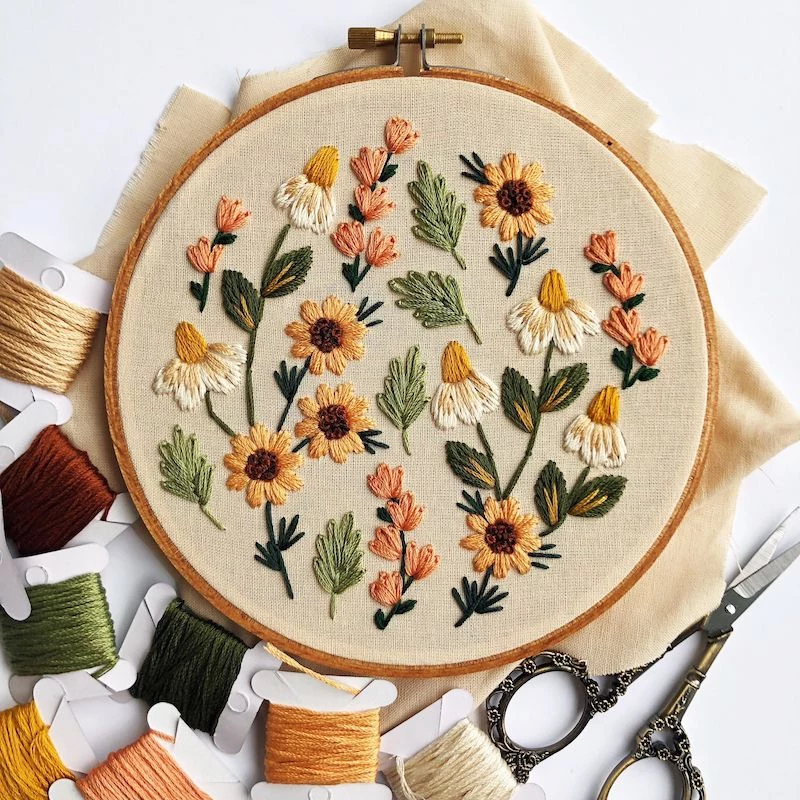
That gas needs something to hold it in, which is where gluten comes in. Gluten is a protein in wheat flour that, when kneaded, forms an elastic network. A strong gluten network traps all that gas, giving bread its light, airy texture. The final bit of magic is what happens in the oven. The high heat causes something called the Maillard reaction between the sugars and proteins, creating that gorgeous brown crust and all those incredible toasty aromas. That heavenly smell of baking bread? That’s it right there.
A simple no-knead bread is a fantastic first project. It might take only 15 minutes of your actual time, but it needs a long, slow rise (think 8-18 hours). It’s a perfect ‘start it tonight, bake it tomorrow’ recipe that builds a ton of confidence.
Why Natural Fibers Just Work Better
The fabrics often associated with this lifestyle—linen, wool, cotton—aren’t just for looks. They are incredibly functional. When you’re working outside, you really learn to appreciate the difference.

- Linen: Made from the flax plant, linen is a champion in the heat. Its fibers are hollow, which lets air move freely, and it wicks moisture away from your skin, so you feel cool and dry. It’s super strong but has almost no stretch, which is why it wrinkles if you so much as look at it funny. To me, those wrinkles are just part of its charm.
- Wool: This is nature’s high-tech fiber. Wool’s unique crimped structure traps air, creating amazing insulation to keep you warm. And get this—it can absorb up to 30% of its own weight in moisture before it even starts to feel damp, and it keeps insulating even when wet. There’s a reason it’s been a go-to for outdoor work for generations.
- Cotton: Good old cotton is the versatile, affordable workhorse. It’s soft, breathable, and easy to care for. While it doesn’t insulate like wool when wet, it’s perfect for everyday shirts, aprons, and kitchen towels. It’s the comfortable, reliable choice for most indoor tasks.

Level Up: Pro Techniques You Can Use at Home
Mastery is all about practice and learning efficient techniques. These aren’t trade secrets; they’re just smart methods developed over time. Here are a few that have totally changed the game for me.
In the Garden: A Beginner’s Toolkit
I used to spend hours double-digging my garden beds because an old book told me to. It creates fantastic soil, but it’s absolutely back-breaking. These days, I’m a huge fan of no-dig gardening. I just layer a few inches of compost on top of the soil each year and let the worms do the heavy lifting. My yields are better than ever, and my back is much happier.
Oh, and you don’t need a shed full of fancy tools. A few good ones will do. Here’s a great starter kit:
- A Hori-Hori Knife: This Japanese tool is part knife, part trowel, and it’s my absolute favorite. I use it for digging, weeding, and dividing plants. A quality one will run you $25 to $40 at a good garden center or online, but it will last for decades.
- Good Gloves: Don’t skimp here. A comfortable, durable pair of gloves costs about $15-$25 and will save you from blisters and thorns.
- A Sturdy Watering Can: Especially for container gardens, a good watering can with a ‘rose’ (the sprinkler head) is essential for gentle watering. You can find a solid one for around $20.
A quick tip: Always keep your tools clean and sharp. A sharp hoe cuts through weeds with way less effort.

In the Kitchen: Learning by Feel
A good cook uses all their senses. For bread, learn the feel of a properly kneaded dough—it should be smooth, slightly tacky, and spring back slowly when you poke it. For sourdough, you learn its unique smells. A healthy, active starter has a pleasant, tangy scent, almost like yogurt. By the way, if your starter ever smells sharp, like nail polish remover, it’s a sign that it’s starving! To fix it, just discard about 80% of it and give it a good feeding (a 1:1:1 ratio of starter, flour, and water usually does the trick). It should be happy again in a day or two.
For a flaky pie crust, it’s all about temperature. You have to keep your butter cold and in little pieces within the dough. Your warm hands are the enemy! I work fast, and on hot days, I’ll even chill my mixing bowl and rolling pin. It’s these little details that separate a tough crust from a perfect, flaky one.

At the Sewing Table: The Art of the Mend
Mending is such a powerful act. It saves money and shows respect for the things you own. For a strong, hand-sewn seam, you need a backstitch (a quick search for a ‘backstitch tutorial’ on YouTube will show you exactly how). It looks almost machine-made from the front.
Darning is the classic way to fix holes in knitted things like socks. You’re basically weaving a tiny new patch of fabric over the hole. It’s a slow, meditative process. Honestly, fixing a decent-sized hole in a sock can take anywhere from 20 minutes to an hour, but it’s a quiet little act of rebellion against our throwaway culture.
Making It Work Where You Are
You don’t need a sprawling farm in the countryside to live this way. These skills are about a mindset, not a zip code. It’s all about adapting to your own environment.

Gardening for Your Climate
My garden is full of things that can handle a cold winter and a short growing season, like kale, potatoes, and garlic. But a friend of mine in the hot, dry Southwest has a totally different setup. She uses sunken beds and heavy mulch to conserve water and grows things like peppers and okra that love the heat. The core principles are the same—feed the soil, pay attention to your plants—but the methods are tailored to the place.
A Quick, Serious Word on Foraging
Okay, let’s talk about foraging. It’s an amazing way to connect with your local ecosystem, but it comes with a huge responsibility. And I need to be crystal clear here: Never, ever eat a wild plant unless you are 100% certain of its identification. Many poisonous plants have edible look-alikes, and a mistake can be incredibly serious.
Start with a good, local field guide and, if you can, find an experienced forager to learn from. I started with things that are impossible to misidentify, like dandelions and wild raspberries. Even now, if I have the slightest doubt, I leave it alone. And always forage respectfully. A good rule of thumb is to never take more than 10% of what you see, leaving plenty for wildlife and for the plant to thrive.

Practical Solutions for a Modern World
You can absolutely cultivate these skills in a small apartment. It’s all about creative thinking and starting small.
The Balcony Homestead
Got a sunny windowsill? You can grow herbs. Basil, mint, and chives are super easy. A small balcony can produce a surprising amount of food. You can get started with a few containers, a bag of potting mix, and some seeds for under $50. Lettuce, spinach, and cherry tomatoes are great choices.
The kitchen is another fantastic place to start. Making your own yogurt, baking bread, or fermenting a jar of sauerkraut takes up very little space. And don’t forget thrift stores! They are gold mines for quality cast-iron skillets, wool coats, and solid wood furniture that just needs a little love.
Knowing When to DIY and When to Call a Pro
Part of being self-reliant is knowing your own limits. I can patch drywall and fix a leaky faucet, and those skills save me a lot of money. But I absolutely do not mess with electrical work. Major plumbing and structural issues are also in the ‘call a professional’ category for me.

I once tried to fix a serious roof leak myself to save a few bucks. My ‘fix’ failed in the next big storm, causing way more damage and costing me double what it would have to just hire a roofer from the start. It was an expensive lesson in humility. Knowing when to ask for help is a skill in itself.
Diving Deeper: Next-Level Skills
Once you’ve got the basics down, you can explore some more advanced projects that are incredibly rewarding.
Preserving Your Hard Work
A good garden often produces more than you can eat fresh. Learning to can, freeze, or dehydrate that food is a game-changer. For canning, safety is EVERYTHING. High-acid foods like jams and pickles can be safely processed in a boiling water bath canner (you can get a kit for about $40-$60). But for low-acid foods like plain vegetables or meats, you must use a pressure canner to prevent the risk of botulism. A good pressure canner is an investment, usually $120-$200, but it’s non-negotiable for safety. Always use tested recipes from a reliable source and never, ever improvise.

From Mending to Making with Natural Dyes
If you enjoy working with textiles, natural dyeing is a beautiful rabbit hole to fall down. You can create amazing colors from everyday things. Avocado pits produce soft pinks, yellow onion skins make golden oranges, and black walnuts create a rich, lasting brown. It’s a process full of beautiful surprises, and it teaches you to embrace a natural, less predictable kind of creativity.
A Final Thought: The Reality Behind the Romance
It’s important to be honest. This life isn’t a permanent, sun-drenched Instagram post. It is hard, physical work. There are bugs, failed crops, broken fences, and a chore list that never, ever ends. Burnout is a real risk here, just like it is anywhere else.
But the romance is in the reality. It’s in the resilience you build when things go wrong. It’s in the quiet pride you feel sitting down to a meal you grew and cooked with your own two hands. So start small. Seriously.

Here’s a challenge: This week, plant one pot of mint on your windowsill. It’s almost impossible to kill, and you’ll have fresh tea all summer. Master that one small thing, and let that success carry you to the next. The reward isn’t some far-off destination; it’s right here, in the doing.
Inspirational Gallery


The Art of the Visible Mend: Inspired by the Japanese practice of
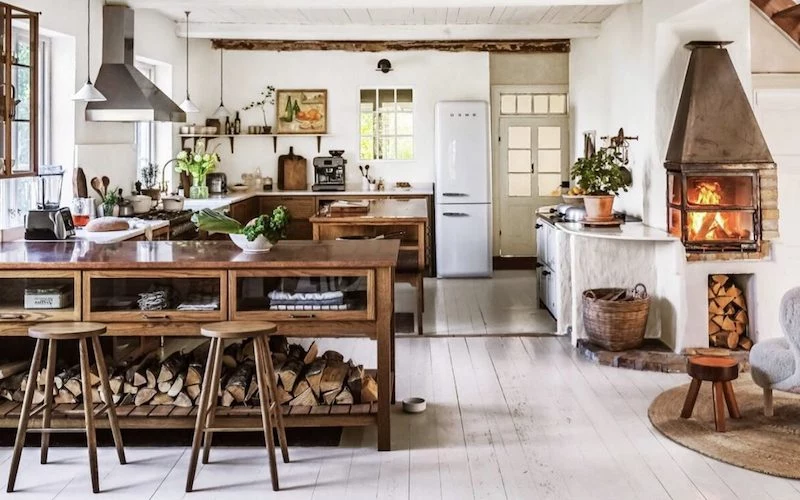
A single teaspoon of healthy, living soil can contain over a billion microorganisms.
That’s more than the number of people on Earth. Tending to your garden is less about ‘feeding plants’ and more about nurturing this vast, invisible ecosystem. Adding compost, mulch, and avoiding chemical pesticides are the best ways to support this underground metropolis, which in turn gives you nutrient-dense, flavorful food.
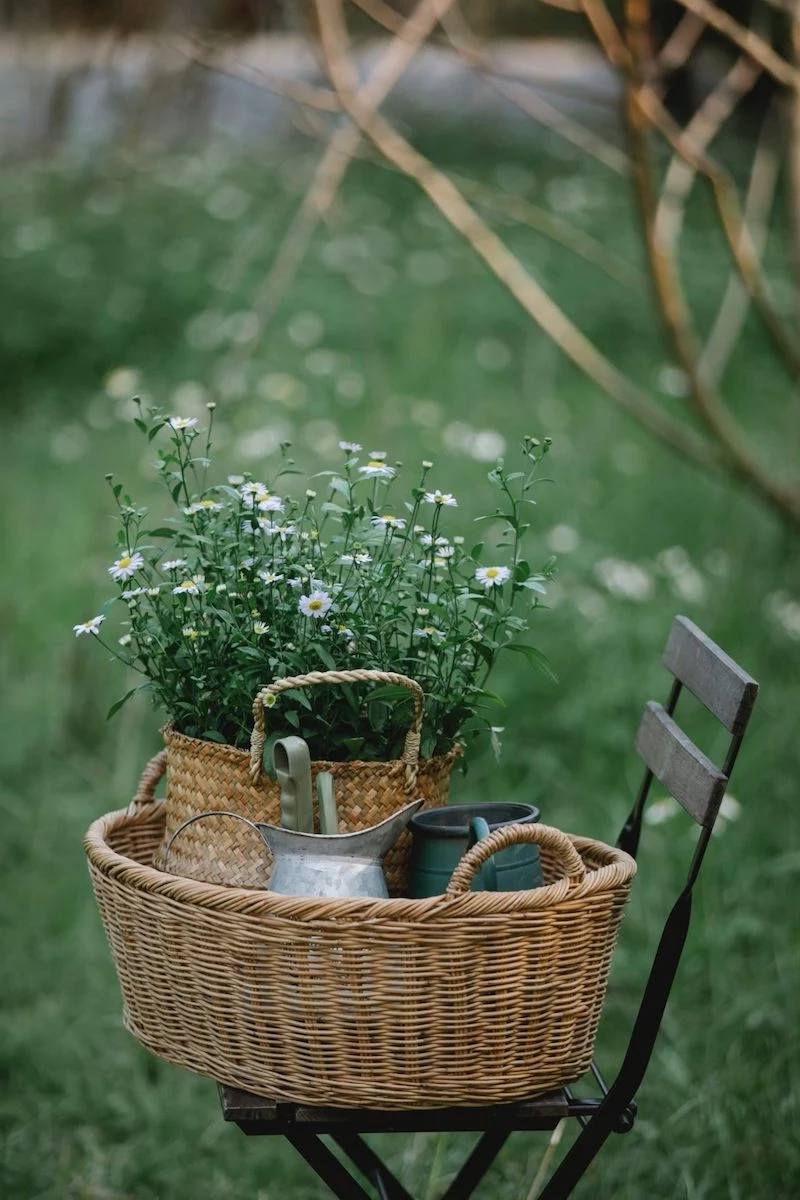
What’s the one kitchen skill that saves the most money?
Learning to make a versatile, flavorful stock from scratch. Don’t toss those onion peels, carrot ends, celery butts, or leftover chicken bones. Keep a large bag in your freezer and add to it throughout the week. Once it’s full, simmer everything in a pot of water for a few hours with some herbs. You’ll have a rich, free base for soups, stews, and sauces that far surpasses anything from a carton.
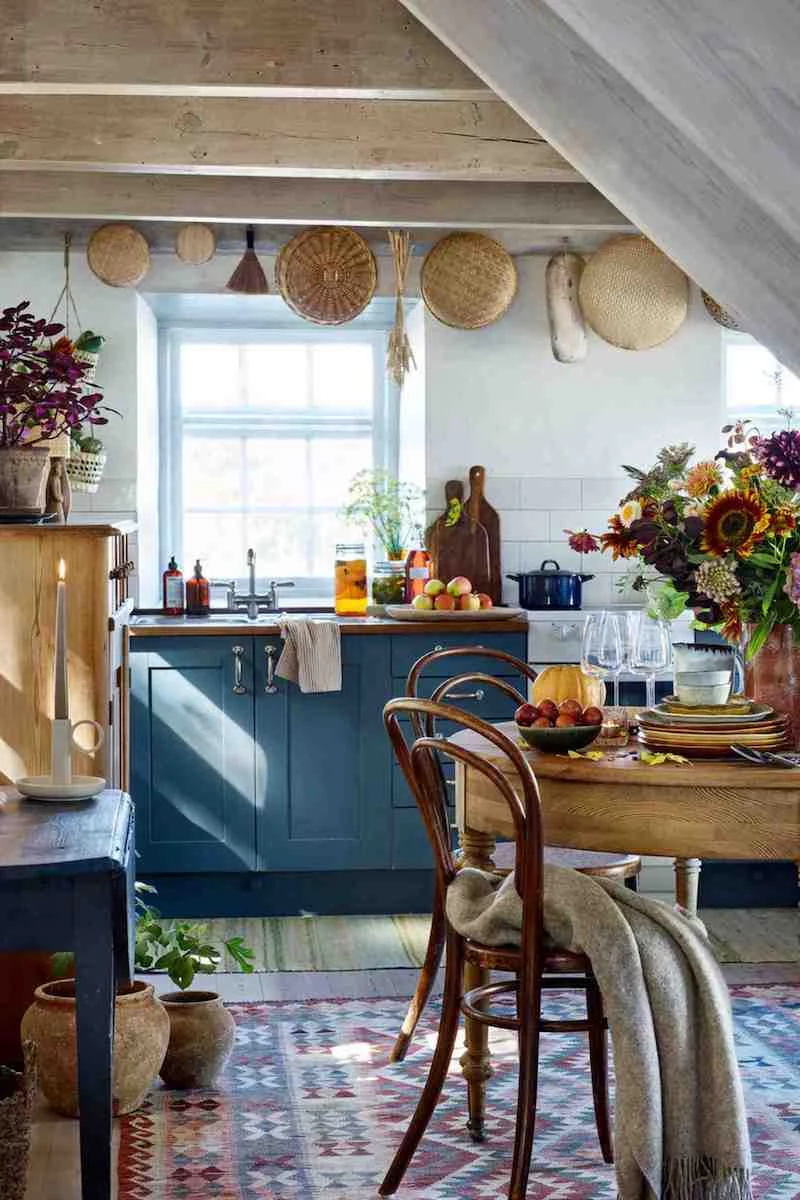
- It transforms a simple salad into a memorable meal.
- It avoids the hidden sugars and preservatives of store-bought versions.
- It takes less than two minutes to make.
The secret? A classic vinaigrette. Just remember the 3:1 ratio: three parts good quality olive oil to one part vinegar (like apple cider or red wine), a pinch of salt, and a dab of Dijon mustard to help it emulsify. Shake it in a jar and you’re done.
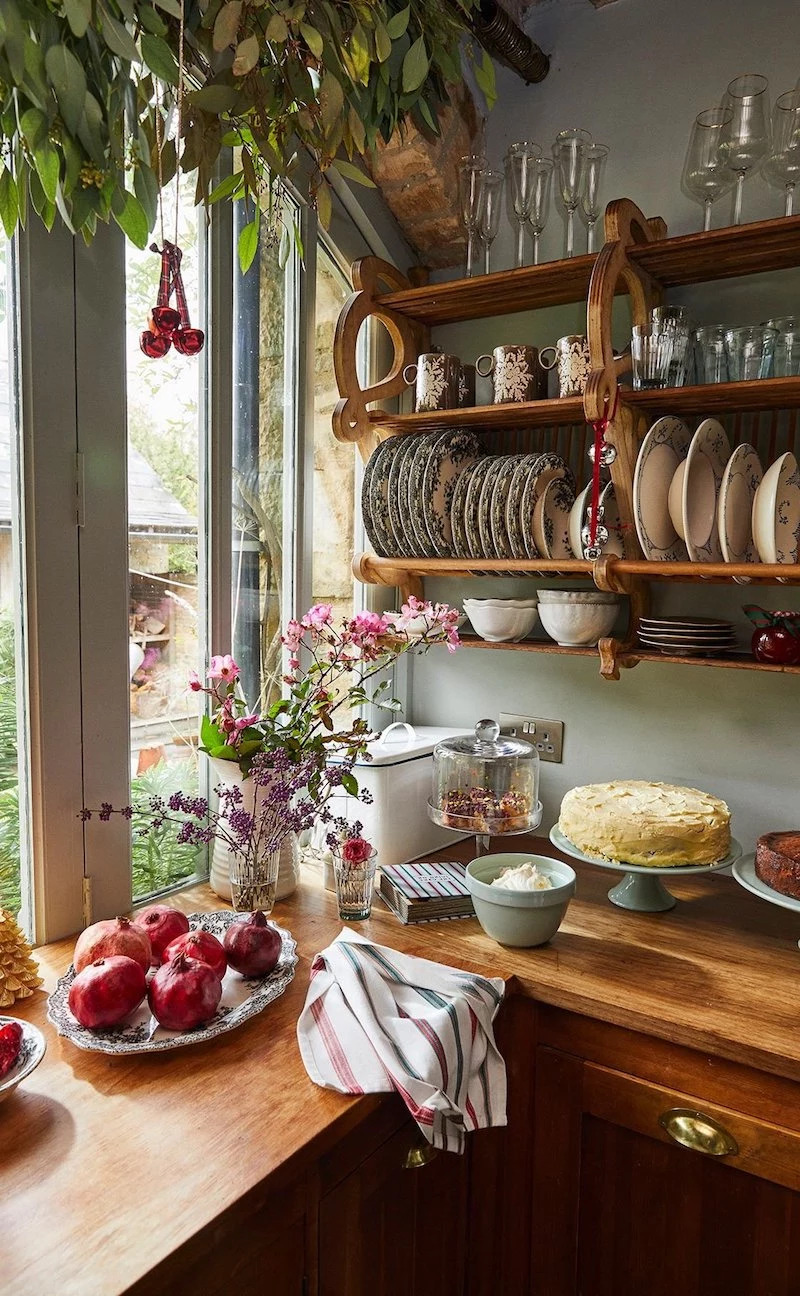
The hum of the sewing machine, the scent of hot iron on cotton, the satisfying snip of sharp shears—these are the sensory rewards of making and mending your own textiles. It’s a slow, deliberate process that reconnects you to the clothes you wear and the items you use daily, turning consumption into creation.

For a Beginner’s Mending Kit:
- A set of sharp needles in various sizes.
- Basic thread colors (black, white, navy, tan) from a quality brand like Gütermann.
- A small, sharp pair of scissors or thread snips.
- A thimble that fits your finger comfortably.
- A seam ripper—because mistakes are part of the process!
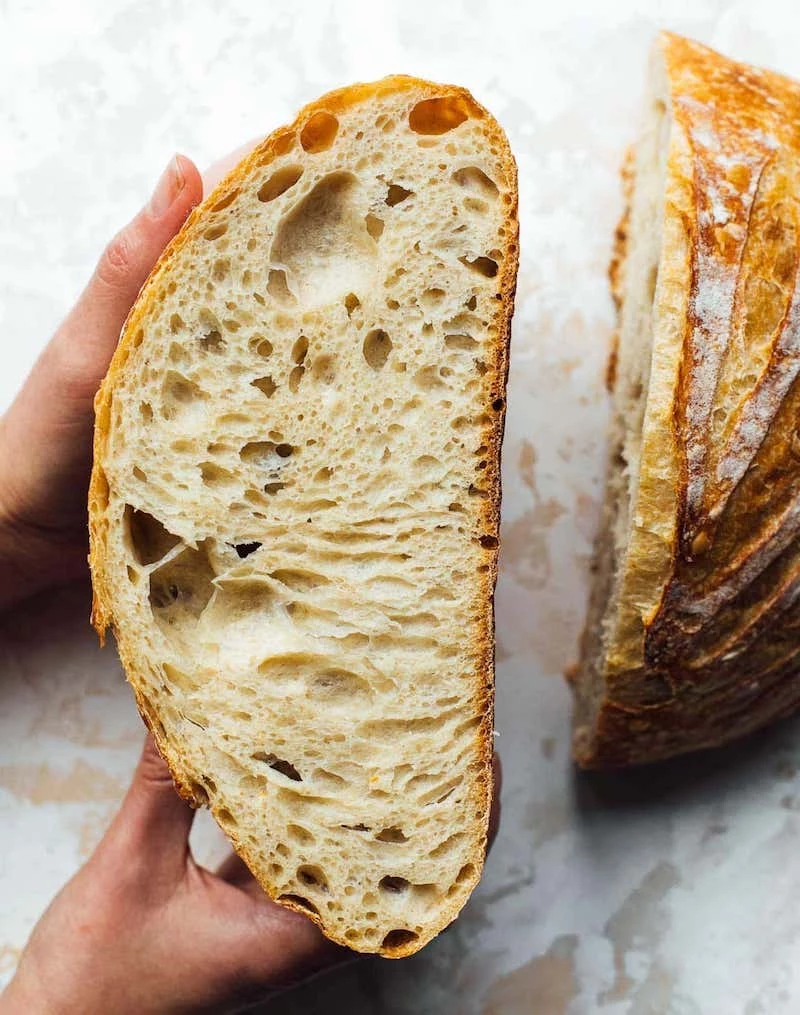
Your sourdough starter is a living colony of wild yeasts and lactobacilli bacteria, working in symbiosis. It’s a pet that you feed with flour and water.
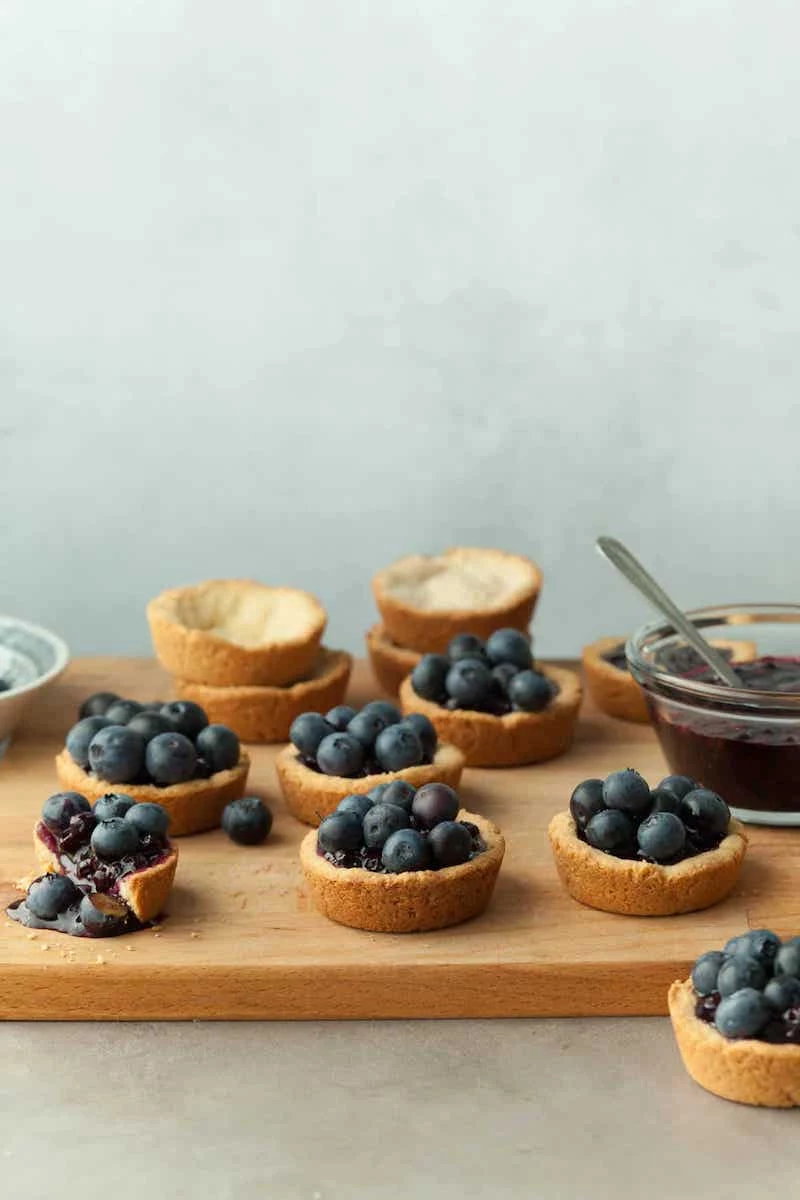
Hori Hori Knife: A Japanese gardening tool that’s a hybrid between a knife, a trowel, and a measuring tool. Its serrated edge is great for cutting through roots, while the concave blade is perfect for digging and transplanting.
Classic Trowel: The familiar hand spade is best for scooping soil and digging small, uniform holes, especially in prepared beds or pots.
For sheer versatility in a wilder garden, the Hori Hori, like those from Barebones Living, is an indispensable all-in-one workhorse.
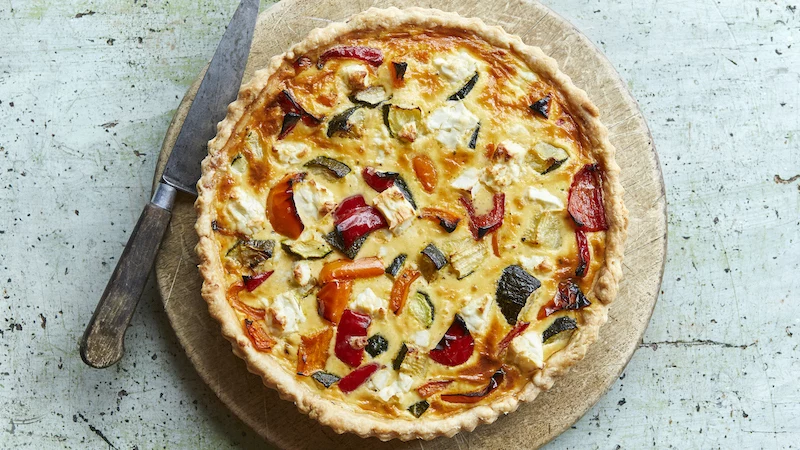
Before you dive into complex preserving, master the art of the quick pickle. You can turn almost any crisp vegetable—cucumbers, carrots, radishes, green beans—into a tangy snack. Simply slice your veg, pack it into a clean jar (a classic Ball or Kerr jar is perfect), and pour over a boiled solution of equal parts water and vinegar, plus a tablespoon each of salt and sugar. They’ll be ready to eat in a few hours.
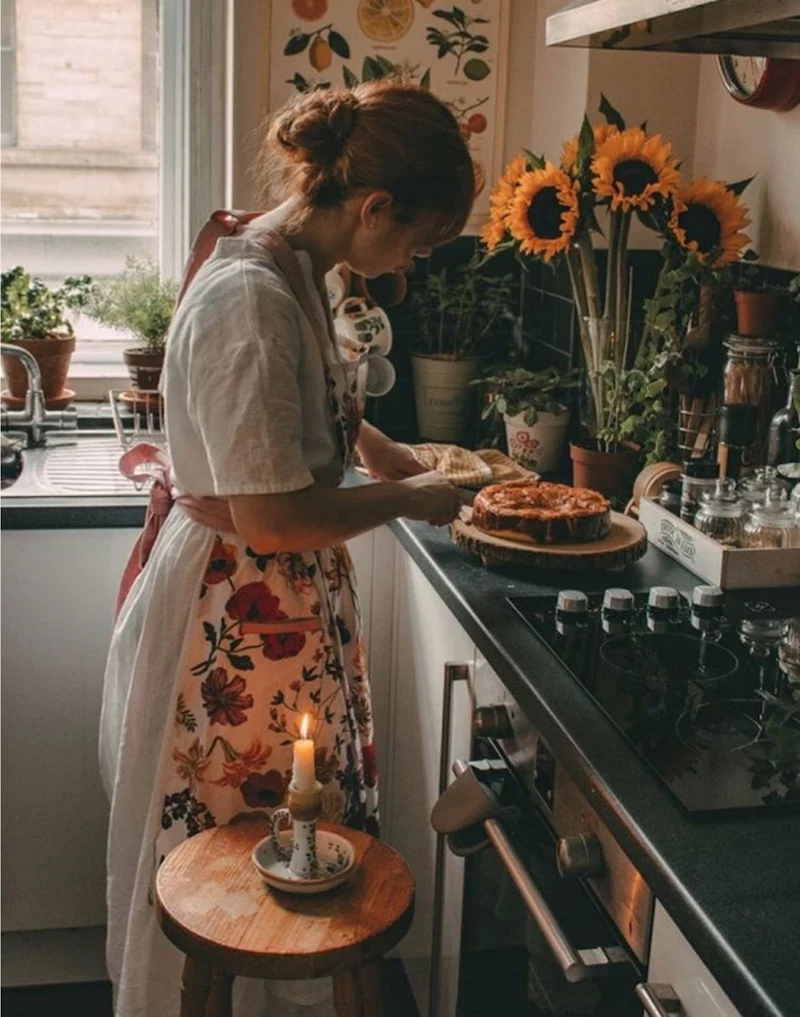
Crucial Rule of Foraging: Never, ever consume a wild plant unless you are 100% certain of its identity. Not 99%. Use multiple reliable guidebooks, consult with local experts, and remember the old saying:
That wooden cutting board or the handle on your favorite shovel needs a little care to last a lifetime. Once a month, give it a drink. Clean it well, let it dry completely, then apply a liberal amount of food-grade mineral oil or a specialized conditioner like Howard Butcher Block Conditioner. Let it soak in for a few hours, then wipe off the excess. This simple ritual prevents cracking and keeps the wood looking rich and healthy.










